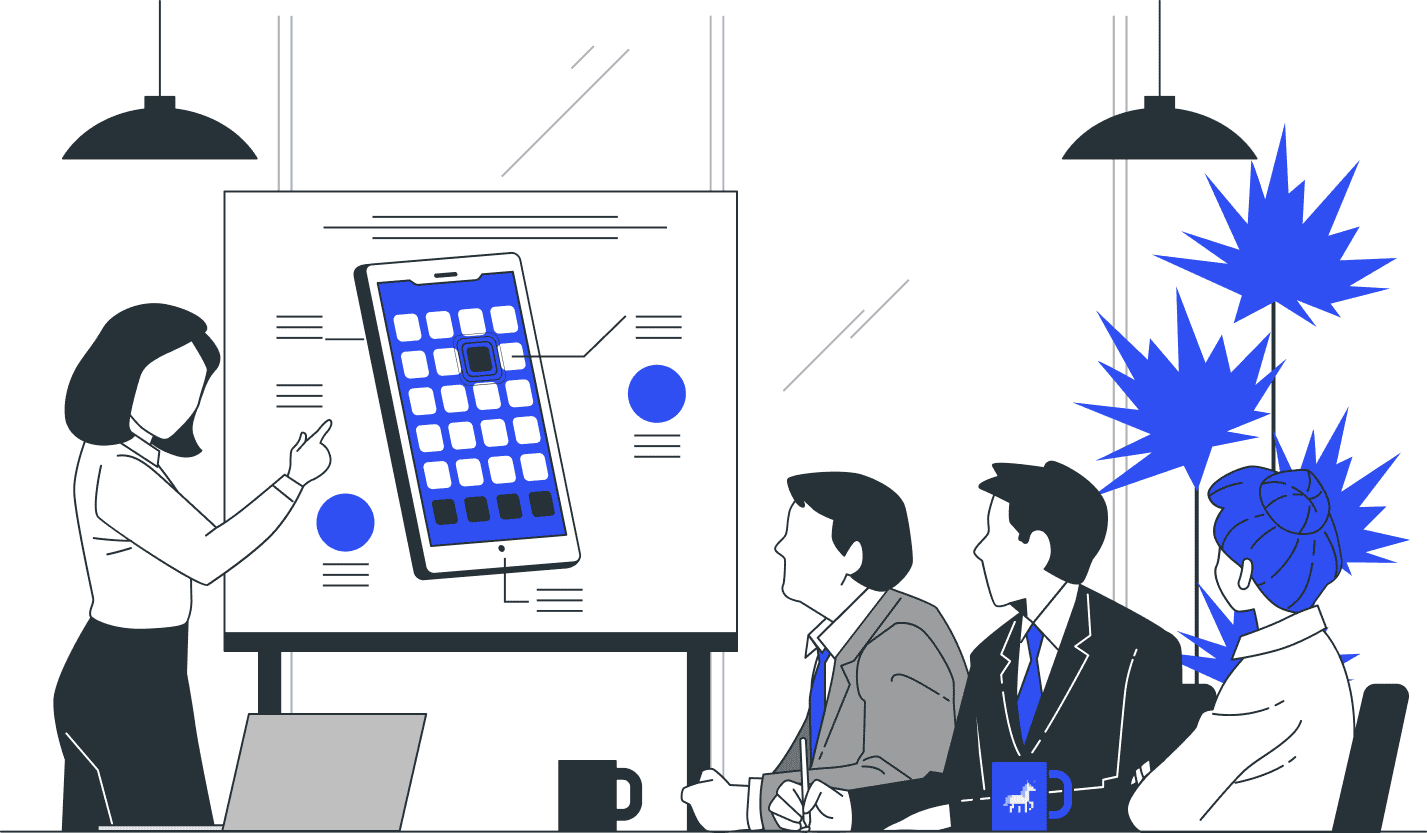Software development is a complex undertaking, which is why it’s imperative to have a robust framework for the entire process. To meet that challenge, the Software Development Life Cycle (SDLC) was first created in the 1960s with the objective of providing a structured approach to software creation and reducing the potential for project chaos.
The SDLC has since become an essential framework for software developers, adding needed predictability that allows stakeholders to anticipate and allocate resources accurately. The SDLC breaks down a project into smaller, more manageable chunks, which makes it easier for developers to focus on individual tasks and maintain a clear sense of progress.
Another reason the SDLC is so important in today’s software development landscape is its emphasis on continuous improvement. By incorporating feedback loops and iterative refinement, the SDLC allows developers to learn from their successes and failures, ultimately improving the quality of their work. Furthermore, the SDLC has been influential in promoting collaboration and communication between team members. It clearly defines roles and responsibilities, which facilitates a better understanding of individual contributions and fosters a sense of shared ownership of the project.
The SDLC has also proven to be an indispensable tool for risk management. Through its structured approach, it helps developers identify and mitigate potential issues early in the project, preventing costly mistakes and reducing the likelihood of project failure. This proactive approach to risk management is particularly valuable in today’s fast-paced and competitive software industry, where delivering a reliable and secure product can make or break a company’s reputation.
Phases of the SDLC
1. Planning
In the initial phase, the project’s scope, objectives, and goals are defined. The project team, stakeholders, and potential users collaborate to identify the software’s requirements and establish a clear vision for the application. This stage also involves determining the project’s feasibility, outlining potential risks, and allocating necessary resources.
2. Analysis
Next, the project team delves deeper into the software’s requirements, working closely with stakeholders and end-users to refine the expected functionality, performance expectations, and constraints. This phase is vital for ensuring that the software addresses the needs of its intended audience.
3. Design
The software’s architecture, user interface, and other design elements are then crafted. The project team transforms the requirements gathered in the previous phases into a detailed blueprint that will guide the developers.
4. Development
Following the design phase, actual coding of the software begins (i.e. writing, compiling, and integrating the source code). The developers adhere to the design blueprint to create a functional application, translating the design specifications into executable code.
5. Testing
Once the software is developed, it undergoes rigorous testing to identify and correct any defects or discrepancies. The testing phase evaluates the software’s functionality, performance, security, and compatibility with different systems, ensuring that it meets the established requirements and is free from errors.
6. Deployment
After successful testing, the software is deployed to its intended environment and made available to end-users. This phase involves activities such as installation, configuration, and fine-tuning to ensure optimal performance. It may also include user training, documentation, and the establishment of support channels.
7. Maintenance
Once deployed, an ongoing process commences that includes monitoring the software’s performance, addressing user feedback, fixing bugs, and making enhancements to improve the application’s functionality, security, and usability. The maintenance phase also involves adapting the software to evolving market demands, technology advancements, or changes in regulatory requirements.

Common SDLC Models
There are numerous SDLC models and each has its strengths and weaknesses. The choice of which model to adopt depends on factors such as project size, complexity, and industry requirements.
Waterfall
This popular model is a linear, sequential approach where the development process flows steadily through a series of stages, from requirements analysis to deployment. It is suited to projects with well-defined and stable requirements. Its simplicity and predictability make it easy to manage and understand, which is why it is widely used in industries with a lower tolerance for change, such as construction or manufacturing.
V-Shaped (Validation and Verification)
An extension of the Waterfall model — characterized by its V-shaped structure that highlights the relationship between development and testing phases — each development stage in this model has a corresponding testing phase that runs parallel to it. This approach ensures that testing and validation are incorporated early and throughout the development process, allowing for early detection and resolution of issues. The V-Shaped model adds a stronger emphasis on quality assurance and regulatory compliance to a Waterfall model.
Agile
A newer and increasingly popular model, Agile is an iterative and incremental approach that emphasizes collaboration, customer feedback, and rapid adaptation to change. Agile methodologies, such as Scrum and Extreme Programming (XP), divide the development process into short, time-boxed iterations called sprints. Agile promotes frequent communication, adaptability, and continuous improvement, which is why this model is often used when requirements are expected to evolve during the project.
Spiral
Combining elements of both the Waterfall and Agile models, the Spiral model utilizes an iterative approach with an emphasis on risk analysis at each stage. It is often chosen for large-scale, complex projects where potential risks are high and require careful assessment.
Stay connected to the Unosquare blog for more helpful guides to modern software development, and get in touch today if you need added support for your next project from our experienced and talented development professionals.



